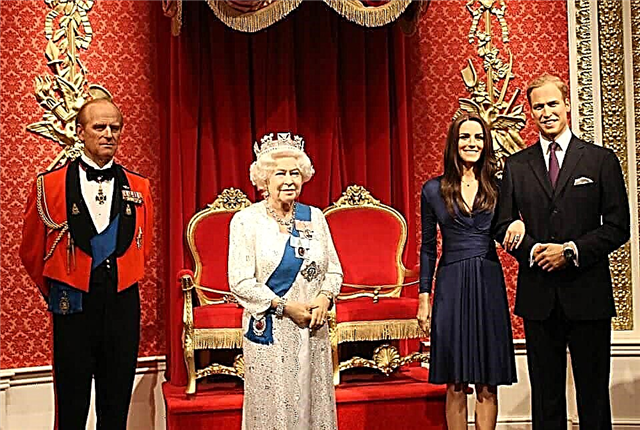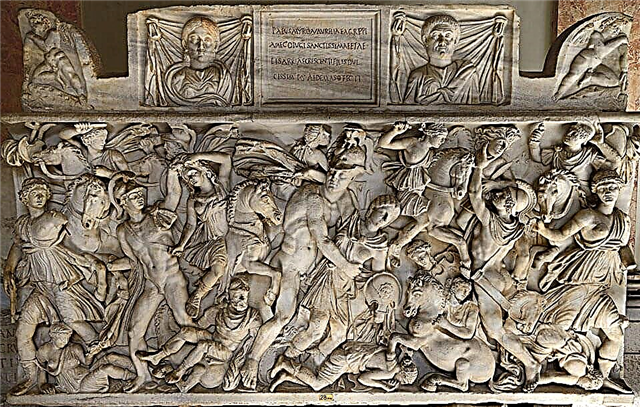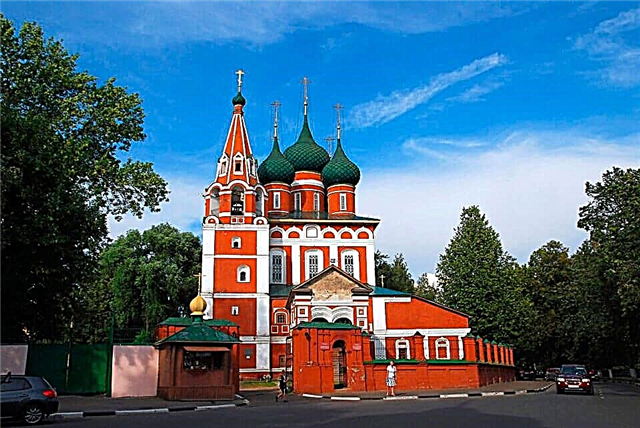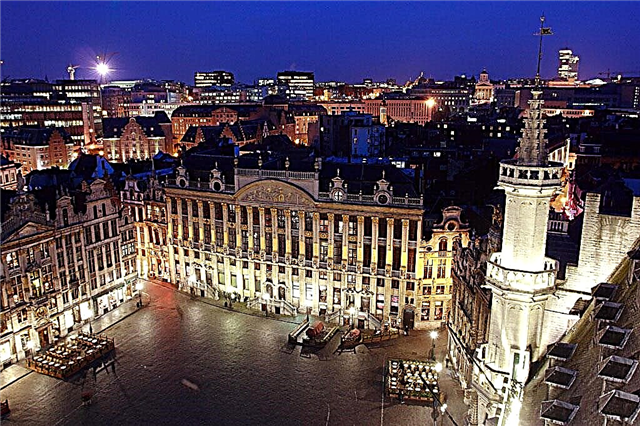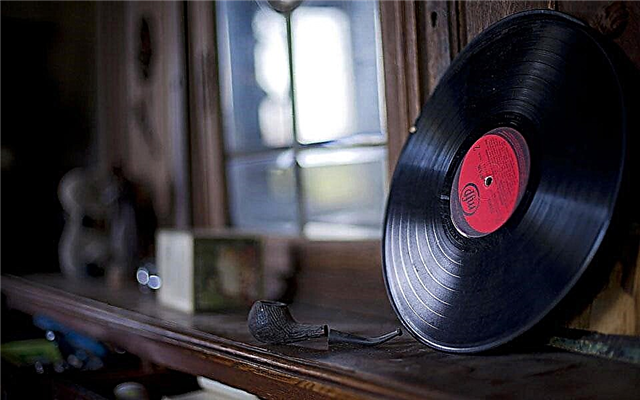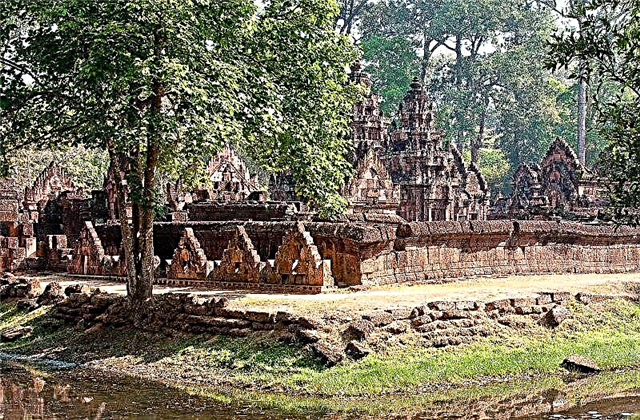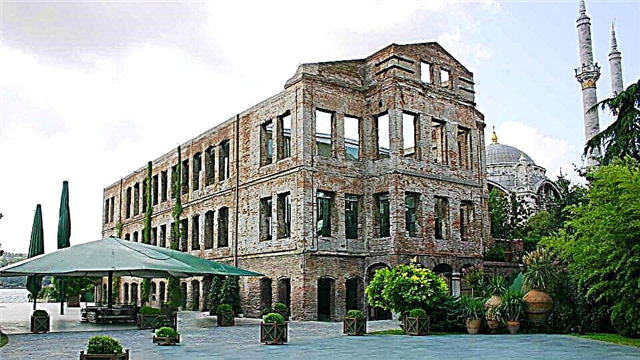One of the most populous cities in Europe, Istanbul embodies the former imperial grandeur of the Romans, Byzantines, Latins and Ottomans. Byzantium, Constantinople, Constantinople - this was the name of the city in different eras. Each of them has left its own unique mark in the centuries-old architecture of buildings that amaze with their majestic beauty and intricacy. In general, the whole city is an open-air museum, the inspection of which is a fascinating journey. The Golden Horn Bay divides the city into European and Asian parts. The unique palaces of Istanbul are the main objects of great interest to tourists.
Topkapi
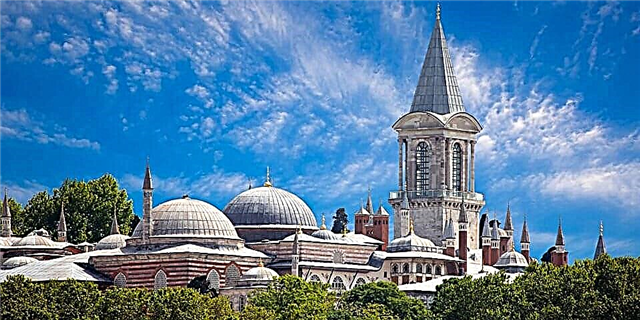
The large-scale Topkapi palace complex, erected during the reign of Sultan Mehmed II in 1479, became a symbol of the victory of the Ottomans who seized Constantinople. The former palace symbol of Byzantine power was demolished, like many other structures. The name of Topkapi hides "cannon gates": each departure of the Sultan was accompanied by a cannon shot. In fact, it was a mini-city located on an area of 700 thousand square meters. m with 4 separate courtyards with various office and residential buildings.
The appearance of the luxurious palace buildings reflected a mixture of various architectural styles. Over the centuries, they have been subjected to spontaneous destruction as a result of earthquakes and fires. Each new reconstruction added new elements in the spirit of the times. Topkapi today is the world of the past lives of 25 Turkish sultans within the museum. Entering the main "cannon gate", you will see a magnificent fountain (1728).
The courtyards are connected by monumental gates, each of which is an architectural masterpiece. A magnificent cypress garden, a prison tower, palace kitchens with a huge collection of porcelain dishes (7-19 centuries) make an indelible impression. The exposition of precious jewelry and jewelry cannot but admire. The sultans 'caftans, the sultan's wives' clothes, prayer rugs and many other attributes of luxury are impressive.
Dolmakhbahce
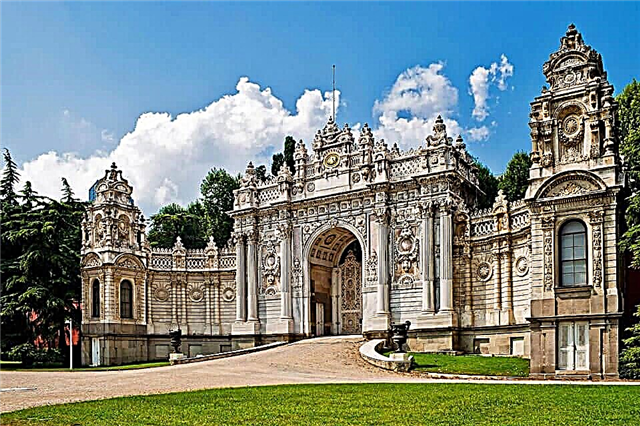
One of the most picturesque areas of the city of Beksiktash is decorated with a true architectural wonder - Dolmabahce Palace. The architectural masterpiece, which was built over 13 years for 5 million gold pounds, became the record holder for the amount of gold (14 tons) and silver (40 tons) invested in its design. Until 1924, the palace was the residence of the sultans. From 1924 to 1938 it was used by Ataturk (the founder of the Turkish Republic) as a summer residence where important political meetings were held.
Excursion through the halls of Dolmakhbahce - immersion in the world of incredible oriental luxury and splendor of decoration. In the lobby, a chandelier of extraordinary beauty and design is striking, in the exhibition hall there is a stunning collection of jewelry, porcelain and crystal, including the Crystal Staircase. In the most luxurious room - the Sufer Hall, a huge handmade Iranian carpet (9x10 m), lying on the floor, attracts attention. Of interest is the bearskin, a gift from the Russian Emperor Nicholas II.
56 regal columns support the ceiling of the hall, to which is attached a unique massive chandelier - a gift from Queen Victoria. There are 40 paintings by Aivazovsky, whose painting was appreciated by Sultan Abdul-Aziz. (The artist, who received the diamond order of Osman from the hands of the Sultan, later threw the award into the sea as a sign of protest against the Armenian genocide) The design of Abdul-Aziz's harem and bedroom is impressive.
Yildiz
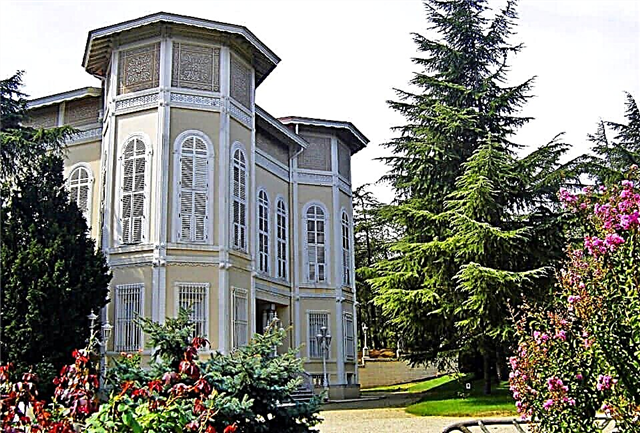
A favorite place for walks of residents and tourists is the Yildiz park and palace complex, located on the embankment of the Bosphorus. Tropical flora, exotic flowers, wonderful alleys, palaces and pavilions delight visitors. The pearl of the complex is the eponymous Yildiz (Star) palace - the pride and one of the city's visiting cards. The palace, separated from the rest of the park by an ornate fence, amazes with its brilliant beauty. The synthesis of several architectural styles has made this magnificent structure a true masterpiece of palace construction.
The interior decoration of the rooms and halls is as delightful as the exterior. The Ceremonial Hall is distinguished by a special luxurious beauty of the arrangement. The shining stars of the ceiling, the floor covered with an exclusive carpet woven from silk threads, delight visitors. One cannot but admire the Mother-of-Pearl Salon, the magnificent door of which is decorated with mother-of-pearl patterns. Yildiz is not divided into male and female halves, like other sultan residences.
Maslak

The unique architectural complex of Maslak palace pavilions was erected on the shores of the Bosphorus at the end of the 19th century. Until now, only 4 pavilions (the name of the mansions) have survived, captivating the eye with the Ottoman style of architecture and decor. They are located in a large forest park, the former hunting residence of the Ottoman sultans.
Qasr-y Humayun Palace - a 2-storey building with an attic and a balcony impresses with its appearance. The interior decoration cannot but admire: numerous frescoes adorn the walls and ceilings of all rooms. Here was the Sultan's study, his sleeping quarters. Today it is a museum, visiting which one can feel the spirit of the past eras. Ceadir Köshkü (Tent Pavilion) at the edge of the forest park, made of wood, is a 2-storey 8-corner mansion.
Its architecture is an example of Ottoman wooden architecture. Pashalar Daresi (General's Quarters) is a 1-storey building that deserves attention for its Turkish baths with richly decorated interiors. Mabeyn-i Khumayun (Personal apartments) served as a summer residence.
Chiragan
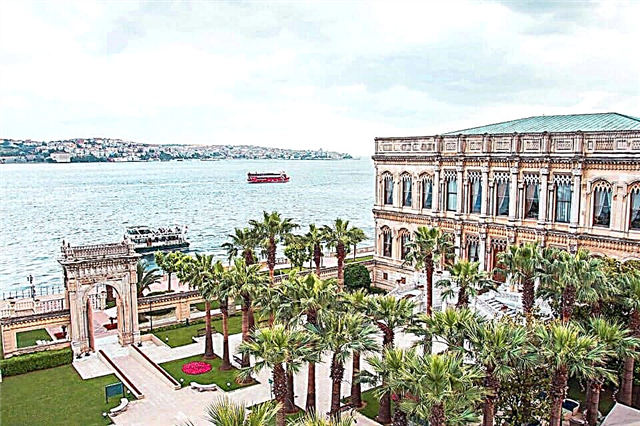
On the European side of the Bosphorus (Besiktash district) a luxurious grandiose structure rises - a fashionable 5-star hotel "Ciragan Palace Kempinski" or Ciragan (torch) Saray. It offers guests the most expensive apartments in the world (15 thousand dollars). Each room is a royal suite of the 21st century. The hotel-palace amazes with the level of service and the range of services, the beauty of the decoration, the uniqueness of the design. But the story of the creation of Chiragan is especially interesting. During the reign of Abdul-Aziz, the palace of his dreams was built (1876).
The architect Balian, who visited the Arab countries and Spain, got acquainted with the Moorish style of architecture and embodied it in the project of a magnificent palace. It was connected by a marble bridge with another palace - Yildiz. Chiragan became Abdul-Aziz's summer residence for a short time: soon the Sultan was found dead. In 1910, the palace was practically destroyed by a violent fire. And only in 1991 the skeleton of the building was restored, turning it into an elite hotel and architectural landmark.
Wyndham Grand Istanbul Levent
Located on Büyükdere street

Murano Hotel
Located less than 1 km from Istiklal Street

10 Karakoy Istanbul
10 minutes walk from the famous Istiklal Street and Galata Tower

Beylerbey
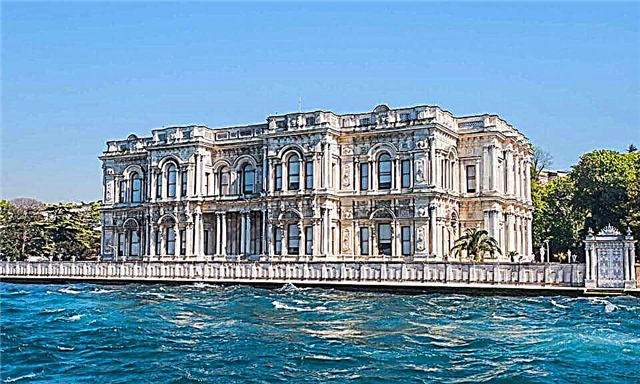
A real miracle of classical Baroque architecture - the Beylerbey Palace is located on the Asian side of the Bosphorus in the district of the same name. An unusually picturesque area with blooming magnolias, chestnuts, laurels, flower lawns surrounds the white marble palace building. Above all this beauty, an aerial pedestrian bridge to the Bosphorus is laid.
The blue mirror of the large pool shines amidst the greenery, graceful sculptures are installed in different corners. A magnificent neo-baroque building was erected during the reign of Abdul-Aziz (1861-1865) as a summer residence for the sultan, where meetings with foreign guests took place. A long stone tunnel with a vaulted ceiling leads to the palace. The interior design of 6 ceremonial halls and 26 rooms has European and Oriental decor.
One cannot help but admire the luxurious Bohemian chandeliers, huge handmade carpets, beautiful floor vases, and original clocks. Some rooms have Egyptian reed mats on the floor. A chic fountain is installed in one of the ceremonial halls, which serves as an air conditioner.
Kyuchuksu
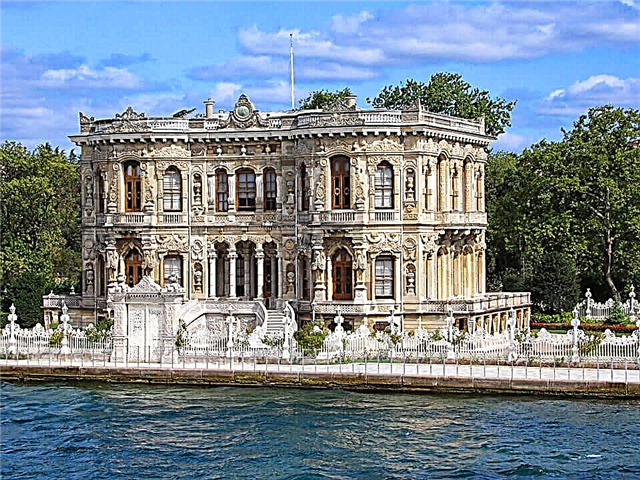
On the bank of a small river Goksu, which flows into the Bosphorus, there is a small palace of Goksa Kasra (the palace of Heavenly Water). It can be figuratively called the "younger brother" of Dolmakhbakhce - both palaces were built according to the project of Turkish Armenians architects Balyanov. In the appearance of Kucuksu, common features are guessed, ranging from the architectural style to the small details of the decor. In general, the castle is a striking example of the Ottoman Baroque with Rococo elements, built in 1856-57. The facade of the 3-storey building (basement, 1st and 2nd floors) admires the beauty of the external decoration - ornate wooden carvings.
The surrounding garden features a baroque fountain and a swimming pool. The interior of the castle is also wonderful: a baroque staircase, a rare table, Iranian, Persian and Turkish carpets, huge mirrors in picturesque frames. Massive Czech glass chandeliers reflecting in mirrors and a gold-painted ceiling create a sparkling backdrop. Aivazovsky's priceless masterpieces adorn the walls of the halls. A unique exhibit of the museum is an unusually beautiful table made of wood by the hands of the Sultan without a single nail.
Tekfour
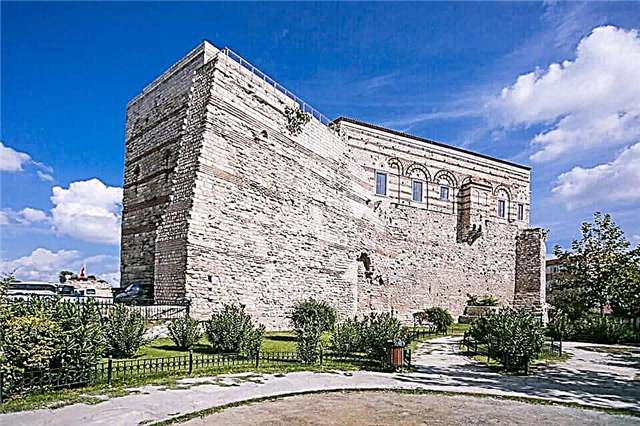
Among the architectural monuments of the Byzantine era in Istanbul, there is Tekfur Palace. In fact, these are just the remains of ruins from the once grandiose complex of administrative buildings of the 13th century - Blachernae. The best preserved of these is Tekfur, whose architecture gives an idea of the Byzantine style of construction. After the conquest of Constantinople by the Ottomans, they plundered this palace, giving it the name Tekfur (king). It was in it that the residence of the emperor was located.
As a sign of disdain for the defeated emperor, a menagerie was set up in his apartment. African predators (lions, cheetahs, hyenas) occupied the imperial halls. Then there were workshops for making pottery, a shelter for the homeless. Today, the walls remain of the once magnificent structure of white and red brick. High arched openings, skillfully laid platbands, intricate ornaments testify that Tekfur was an architectural masterpiece.
Ykhlamur

In a picturesque park with centenary linden trees, there are two beautiful buildings - the Ykhlamur palace complex (Palace under the linden trees). They were built in the middle of the 19th century as the residence of Sultan Abdul-Majid according to the design of N. Balyan - the author of Dolmakhbahce. The Merasim Pavilion served as a venue for various ceremonial meetings of high-ranking guests from Europe. The 1-storey building is perched on a high plinth of white sandstone and marble. The European style of architecture in its design is combined with the oriental splendor of the decorations on the facade.
In the interior decoration, European motives also prevail, except for oriental carpets. The second pavilion of Mayet, consisting of 4 rooms, was occupied by the sultan with his concubines and courtiers. The interiors of Mayet are decorated in Turkish style with inherent oriental luxury. Now both palaces, after a large-scale reconstruction of the 80s, are museums with interesting exhibitions.
Palace of Ibrahim Pasha
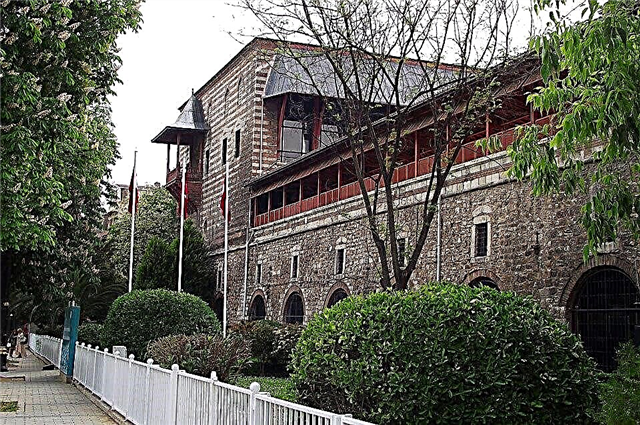
On the central square of Sultanahmet, the palace of Ibrahim Pasha is located - a symbol of the Sultan's recognition and respect for his comrade-in-arms. The grandiose structure of Ottoman architecture was donated by Suleiman to the Magnificent Vizier and friend Ibrahim Pasha as a token of gratitude for his dedicated public service.
The colossal building was erected by the famous architect Sinan (Mihrinah Sultan Mosque) in the early 16th century. Suleiman the Magnificent, as a sign of special respect, intermarried with a friend, giving his sister Khatija to him as his wife, presenting a magnificent palace-residence as a gift.
Various social events and solemn ceremonies began to be held here. Today (since 1938) the palace of Ibrahim Pasha has been turned into the Museum of Turkish and Islamic Art. Museum exhibits are so unique and valuable that they were awarded prizes by the European Council and UNESCO. Old manuscripts (8-19 centuries) gold, platinum, silver jewelry, rare precious stones, ancient ceramics, etc. The flow of tourists here is inexhaustible.
Adile-Sultan
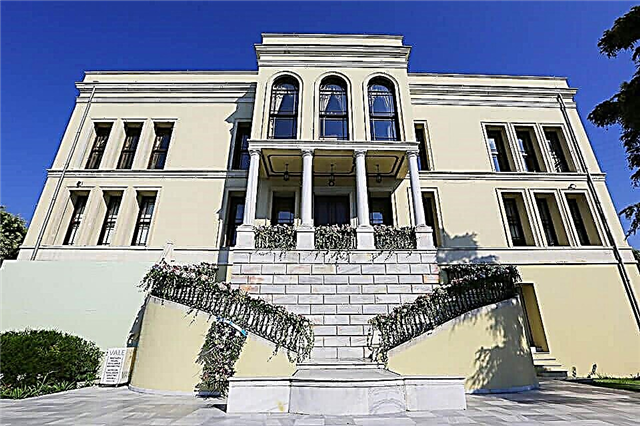
In the Asian region of Kandilli, there is another architectural brainchild from a series of projects by the Balanyan brothers - the Adile-Sultan Palace. It was built for the beloved sister of the Sultan Abdul-Aziz on the site of the former pavilion donated to Adila by his elder brother Abdul-Majid. The new palace surpassed the previous pavilion in its beauty and scale (area 5625 sq. M, more than 60 rooms). Ottoman princess Adile - a recognized poetess, the wife of the vizier Mehmed Ali Pasha enjoyed a special favor in the family. Only she had her own residence, which she bequeathed to donate to the lyceum for girls.
After the fire in 1986, the building was badly damaged, and was restored only in 2006 with the financial support of the billionaire philanthropist Sabancı and the Lyceum Alumni Foundation. Now in Adil-Sultan there is a cultural and educational center named after A. Sabanci, conferences, seminars, special events are held. Famous movie stars celebrate their wedding here, films are shot ("Ezel", "Kyrymly", "Syla").
Esma Sultan Palace
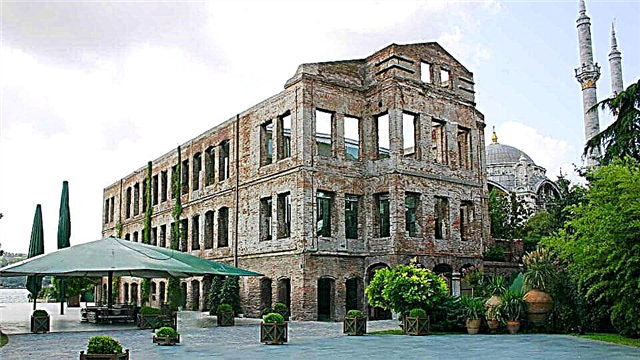
Each Sultan's palace in Istanbul is covered with various rumors and legends about their previous owners. The palace of Esma Sultan, one of the 9 daughters of Abdul-Hamid I Esma, did not escape such a fate. The history of this 3-storey building still excites Istanbul residents and tourists alike. The image of the charming sultana is captured in feature films and in literature. She is represented as a very emancipated, extravagant woman, free from prejudice.
At the end of the 18th century. a 3-storey palace was added to her residences, the architecture of which embodied the "golden age" of Istanbul. Today, the exterior of the building has been completely restored according to the original project. The interior is made of steel and glass in a modern style. The former residence of Esma, the property of the Marmara hotel chain, serves as a venue for solemn events and official political meetings in the famous district of Besiktas.
Aynaly Kawak
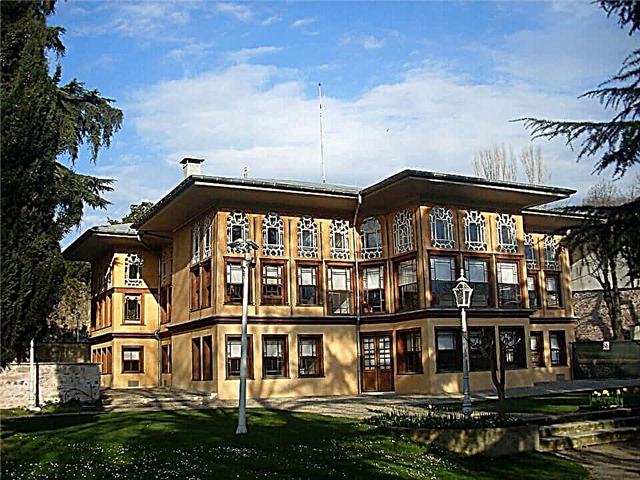
The former greatness and extraordinary luxury of the life of the Ottoman sultans is reminded today by the palace structure of Ainala Kawak. It is located on the shores of the Golden Horn Bay (Haskey Quarter). It is the only pavilion left over from the former summer residence of the Ottoman sultans - a complex of palace buildings (17-19 centuries) Aynaly Kawak. A luxurious flower garden in front of the palace is in harmony with its beauty with a wonderful monument of classical Ottoman architecture.
In 1985 a museum was opened here. The tall Venetian mirrors adorning the halls gave the former name Terzane another name - Aynaly Kavak (mirror poplars). National musical instruments are presented in the basement of the palace. This is a tribute to the memory of Selim III, a talented composer-sultan who made a great contribution to Turkish musical culture.
Blachernae Palace
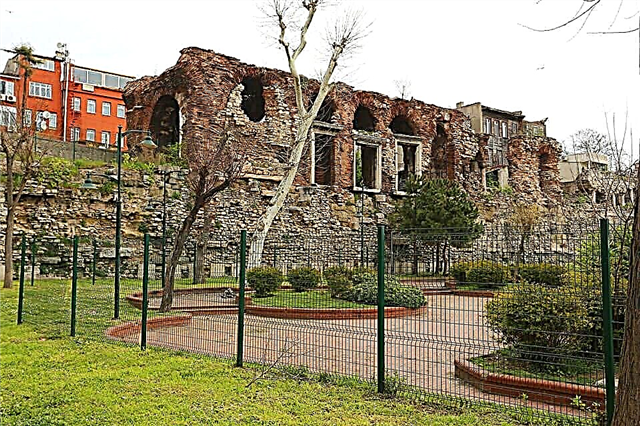
A unique monument of the Byzantine era, the Blachernae Palace is located in the eponymous quarter near the Golden Horn Bay. Built during the reign of Emperor Anastas (491-518), it was used as a country residence. But later it began to serve as a permanent residence of the Byzantine rulers, so every year the territory of the residence expanded and strengthened. All new buildings for various purposes appeared, occupying an entire quarter, called the "Golden-Domed Palace".
Everyone who came here for the first time was amazed at the unheard-of luxury, wealth and splendor of everything that he saw here.Dishes shining with gold, placers of jewelry, magnificent clothes, marble slabs amazed the crusaders who arrived in Blachernae on an invasive visit in 1204.
After the fall of Byzantium, the once prosperous area fell into complete desolation. It is difficult to judge the former grandeur of the Blachernae Palace by the remaining ruins, lost today among residential buildings. But visiting these places awakens the imagination, resurrecting before the mind's eye the majestic pages of imperial history.
Bukoleon
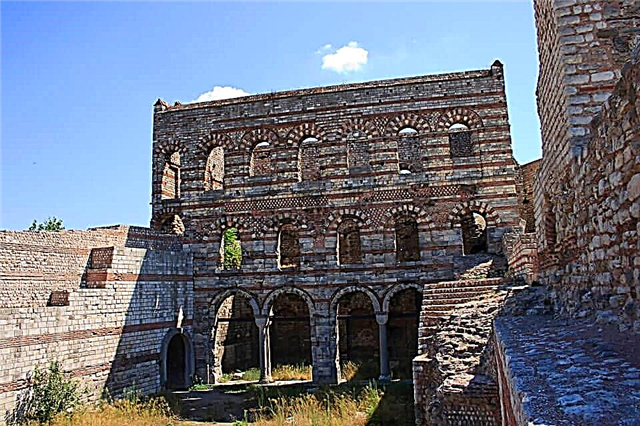
On the shores of the Sea of Marmara in the Sultanahmet district, on a low hill overgrown with climbing plants, you can see another reminder of the Byzantine period in Turkey. This is a preserved part of the wall left over from the Bukoleon (bull and lion) palace, built during the reign of Emperor Theodosius II (5th century). At first, the palace structure was called Hormisades, and under the new emperor Justinian, it was christened Bukoleon.
Historians believe that this name was given to the palace by sculptures of a bull and a lion, erected on the shore. Today they have found their place in the Historical City Museum. During the reign of Emperor Theophon, a terrace was equipped and a summer terrace was decorated. After the attack of the crusaders, Bukoleon was plundered, and after the victory over them, the palace was forgotten, and it began to collapse.
During the construction of the railway, the castle structures were partially dismantled, a lot was taken away by local residents. Today, only the remains of a wall with window openings are evidence of the Byzantine era in Istanbul. Tourists usually come here as part of an organized group after visiting the Beylerbey Castle.


